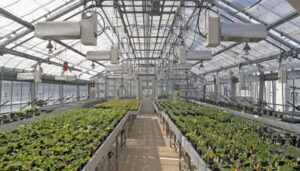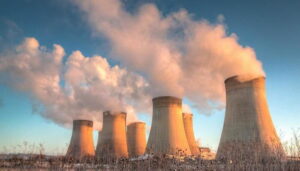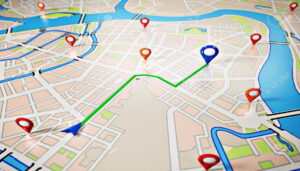Weather station collects data related to the weather and environment using many different sensors. The measurements taken include temperature, atmospheric pressure, humidity, wind speed wind direction, and precipitation amounts. SensMonitor solution can be used both for collection and analyze data for multiple stations simultaneously and in real-time.
IoT (Internet of Things) technology has brought significant advancements to the field of weather monitoring through the deployment of smart weather stations. These IoT-based weather stations leverage a network of sensors, connectivity, and data analytics to provide real-time weather data with unprecedented accuracy and accessibility. Here’s a closer look at the IoT applications in weather station monitoring:
- Sensor Integration: weather stations are equipped with a wide array of sensors that capture various weather parameters such as temperature, humidity, air pressure, wind speed and direction, rainfall, solar radiation, and more. These sensors continuously collect data, enabling comprehensive and precise monitoring of weather conditions.
- Real-Time Data Collection: weather stations gather data in real-time, providing up-to-the-minute information about weather conditions. This data is transmitted to a central system or cloud platform via wireless connectivity, ensuring immediate access to accurate and reliable weather information.
- Data Analytics and Forecasting: The collected weather data is processed and analyzed using advanced algorithms and machine learning techniques. IoT systems can detect patterns, identify trends, and generate weather forecasts with increased accuracy. By combining historical data, real-time observations, and meteorological models, IoT weather stations contribute to more reliable short-term and long-term weather predictions.
- Remote Monitoring and Control: enabled weather stations can be remotely monitored and controlled using web-based or mobile applications. Users can access real-time weather data, receive notifications about severe weather events, and remotely adjust station settings or parameters. This remote accessibility allows for efficient monitoring and management of weather stations, even in remote or inaccessible locations.
- Environmental Monitoring: Weather stations equipped with additional sensors can provide insights into environmental factors beyond traditional weather parameters. For example, air quality sensors can measure pollutant levels, UV sensors can monitor ultraviolet radiation, and soil moisture sensors can assess ground moisture levels. This broader environmental monitoring contributes to a more comprehensive understanding of the surrounding ecosystem.
- Agriculture and Crop Management: weather stations play a crucial role in agriculture and crop management. By collecting weather data in real-time, farmers can make informed decisions about irrigation scheduling, pest control, and crop protection measures. Integration with agricultural management systems enables precise and targeted actions, resulting in optimized yields, reduced water usage, and improved resource efficiency.
- Public Safety and Disaster Management: Accurate and timely weather information is essential for public safety and disaster management. IoT weather stations provide vital data for monitoring and predicting severe weather events such as storms, hurricanes, or heatwaves. This information aids in issuing timely warnings, implementing emergency response plans, and mitigating the impact of natural disasters.
- Research and Climate Studies: weather stations contribute valuable data for research purposes and climate studies. The high-resolution and continuous monitoring capabilities enable scientists to study weather patterns, climate change impacts, and long-term trends. This data enhances our understanding of weather patterns, supports climate modeling efforts, and aids in the development of effective climate change mitigation strategies.
The application of IoT in weather station monitoring brings numerous benefits, including improved accuracy, real-time data access, remote monitoring capabilities, and enhanced forecasting abilities. By leveraging IoT technology, weather monitoring becomes more efficient, reliable, and accessible, ultimately leading to better-informed decisions in various sectors, from agriculture to public safety and climate research.



